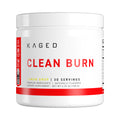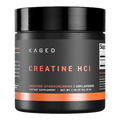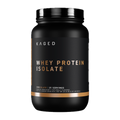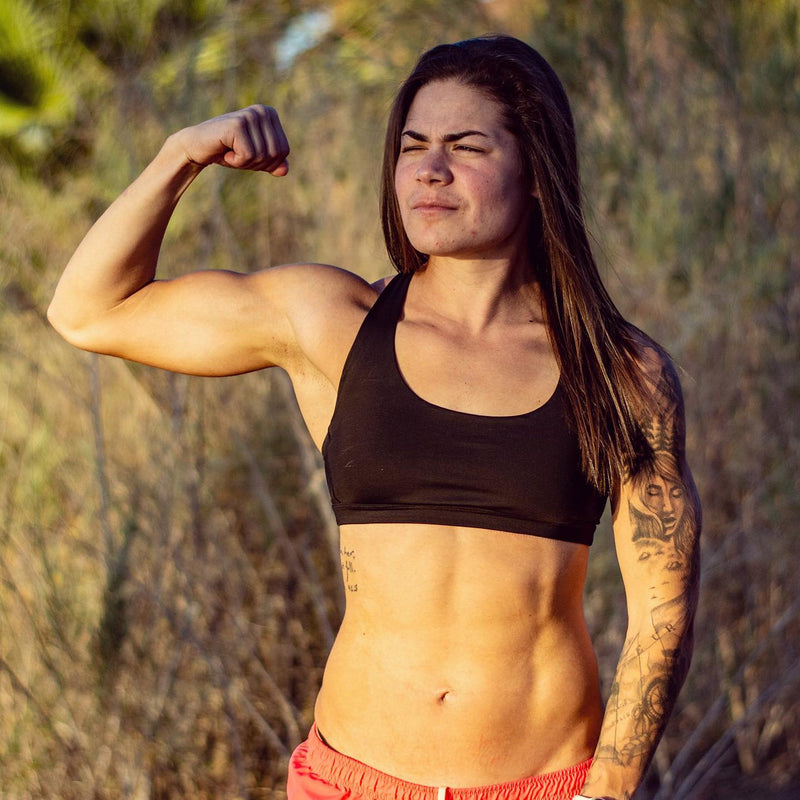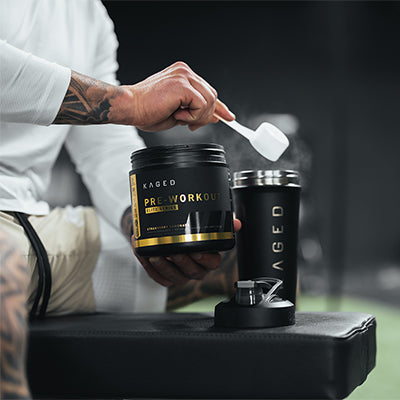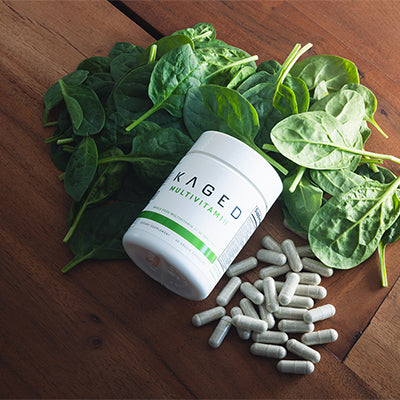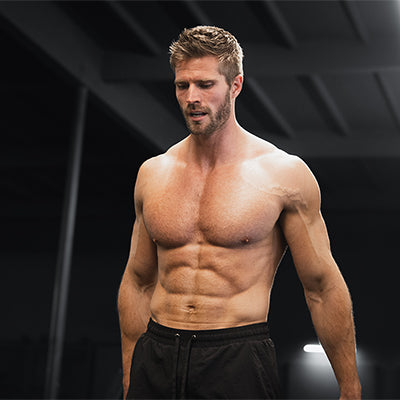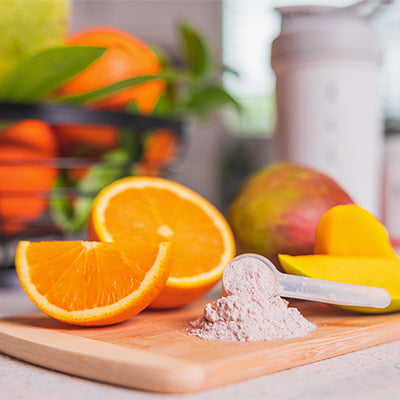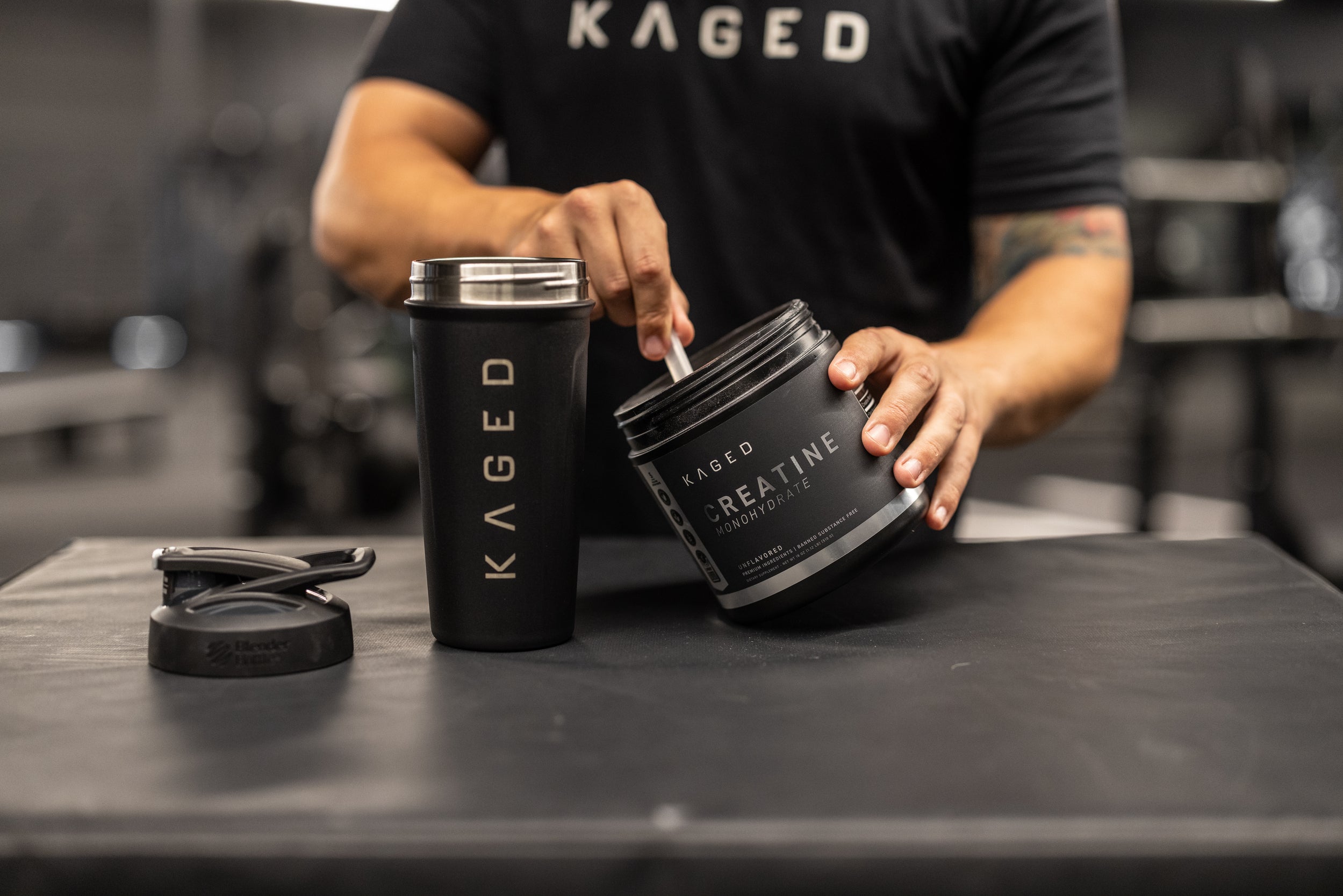Creatine is one of the most popular, well-researched, time-tested supplements.
Not only has it been shown to help you build muscle, increase strength, and improve between-set recovery, but recent research has shown it may even play a role in supporting cognitive function.*
Due to all this research and its flat-out effectiveness, it's incredibly popular.
However, it’s also shrouded in many questions. Which form is best? What’s the deal with “the loading phase?” How much should I take? When should I take it?
We will cover all of that today, and help you choose the right creatine supplement for you.

How to Take Creatine
Here are the basics so you know exactly how to take your creatine for optimal benefits.
3-5g Per Day, Every Day
Creatine has shown the best results when you take between 3-5g per day. Whether you’re on the lower or the higher side will depend on your body weight, activity level, and dietary intake. For example, if you eat lots of red meat, you get some creatine from your diet and may not need the full 5g scoop.
Generally, those with higher muscle mass or more intense training schedules might benefit from closer to 5g per day, while others may find 3g sufficient.
It Doesn’t Matter When You Take It
What time of day to take creatine is one of the most common questions. While there’s debate about this, it’s all minutiae and the results are mixed. We recommend you take it whenever works best for you.
If it’s most convenient to add to your morning smoothie, do that. If you prefer to add it to your pre-workout, do that.
Cycling Creatine Has Shown No Benefit
It’s safe to take creatine every day and never cycle off.
There are no shown benefits of cycling. If you do, you're likely just wasting time when your creatine stores become depleted.
Countless users have taken creatine daily for years without cycling it and have seen no adverse effects. They simply continue to gain from the benefits of creatine.
This goes for creatine monohydrate, creatine HCl, and other forms of creatine.
Should I Follow a Loading Phase?
Creatine loading is a debated topic within the bodybuilding community.
The answer to whether or not you should load creatine depends on your goals.
Creatine does not need to be loaded and it provides no additional benefit in the long-term. However, loading may help you saturate the cells a few weeks faster.
The research shows that without loading creatine it takes at least 28 days to accumulate in the body before providing benefits.
In simple terms, creatine loading is the fast track.
There’s no evidence that you should approach the loading phase any differently with any form.
What’s The Best Form of Creatine?
There are many forms of creatine available. We believe many have their place. That’s why we offer classic Creatine Monohydrate and the easy-mixing Creatine HCl.
Creatine, in whatever form, will have the same core benefits. The differences rest in questions like how well it mixes, how it tastes, and other benefits that creatine may provide. Of course, you may also want to factor in cost.
If you want the most cost-effective, simple creatine, then Creatine Monohydrate is for you.
If you want a flavored version or you want to limit any potential digestive distress, Creatine HCl is for you.
We break all of this down and help you make the best choice for you in this article on Creatine Monohydrate vs HCl.
In our most advanced Pre-Workout, Pre-Workout Elite, we include a form called Creatine Nitrate because it acts as a 2-for-1 ingredient by supporting creatine levels and muscle pumps. You can read more about that form in this article on Creatine Nitrate vs Monohydrate.

What’s The Difference Between Creatine Monohydrate and Creatine Monohydrate Elite?
Creatine Elite uses creatine monohydrate as its base. The difference is the addition of MAXCatalsyt™, a patented black pepper extract. This combination has been shown to increase absorption by around 40% compared to standard creatine.*

The key difference, then, is absorption. If you haven’t responded to creatine in the past, or you regularly take creatine but are looking to try a high-absorption option, Creatine Elite is for you. We designed this for athletes who need to get the absolute most out of their supplement routine.
Both come in unflavored powder. Creatine Elite you can also get in convenient vegetable capsules.
What Is “Micronized” Creatine?
In Kaged Creatine Monohydrate you’ll see the claim that the creatine is “micronized.”
Ordinary creatine doesn’t mix super well. Micronized creatine is broken down into a finer powder so it mixes better.
Even micronized creatine monohydrate will not mix as well as Creatine HCl. So if you don’t want any chance of undissolved powder, go with Creatine HCl.
Should I Take Creatine Powder or Pills?
In terms of effectiveness, it won’t make a difference provided you take the same dose. However, there are some logistical and practical considerations for each. We touch on this more in this article on Creatine Powder vs Pills.
I’m Worried About Water Retention. Which Creatine is Best for Me?
All creatine supplementation comes with a necessary focus on hydration.
However, classic creatine monohydrate may require a large amount of water to mix into a drink. This is often why some people experience digestive issues and extracellular (outside the cell) water retention with creatine.
Creatine HCl has the advantage of requiring less water to mix completely.
What Should I Stack with Creatine?
If you’re taking unflavored creatine powder, you’ll want to stack it with a flavored drink. This could be protein powder, Kaged Hydration, or your pre-workout.

If you want to take it alone, then we recommend going with capsules or a flavored option, like our Creatine HCl.
Addressing Common Creatine Myths
Let’s address the long-debunked myths about creatine.
Creatine is NOT a Steroid
It’s an amino acid-like compound made up of three amino acids. Structurally, it’s more like the building blocks of protein than anything else.
All Kaged creatine is third-party tested for banned substances.
It’s Generally Safe for Your Kidneys
To quote one review from a collection of the literature, “Creatine supplements are safe and do not cause renal disease.”
This link has been so emphasized, that there’s an abundance of research affirming that, for healthy people, taking recommended doses, creatine supplementation is safe for your kidneys. It’s that simple.
Find The Right Creatine For You
We don't believe in a one-size-fits-all approach. Whether you powders or pills, flavored or unflavored, HCl or monohydrate, we have you covered. See our selection of creatine supplements here.
*These statements have not been evaluated by the Food and Drug Administration. This product is not intended to diagnose, treat, cure, or prevent any disease.

